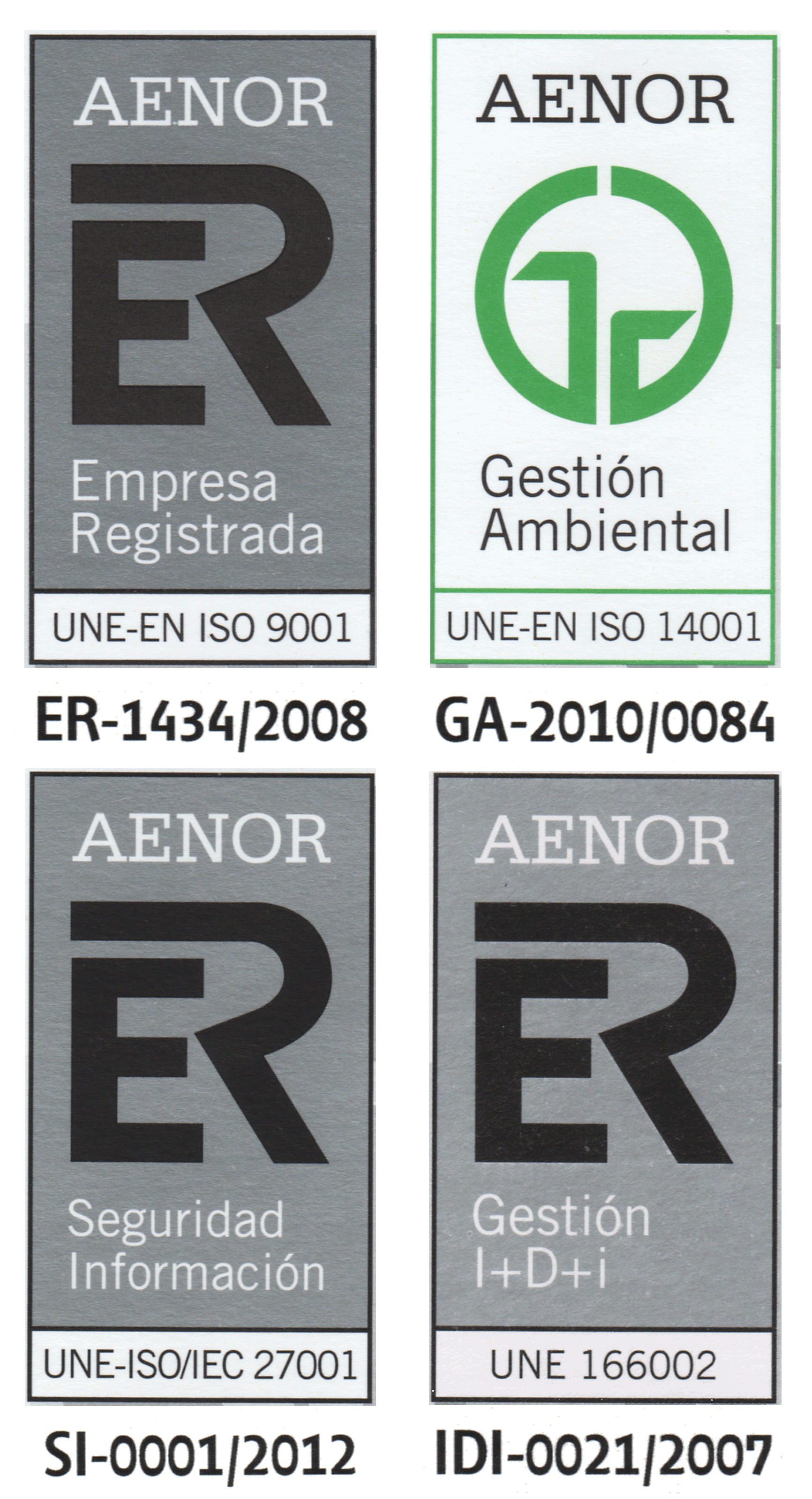A purely communicative variant of P systems was considered recently, based on the trans-membrane transport of couples of chemicals. When using both symport rules (the chemicals pass together in the same direction) and antiport rules (one chemical enters and the other exits a membrane), one obtains the computational completeness, and the question was formulated what happens when only symport rules are considered. We address here this question. First, we surprisingly find that "generalized" symport rules are sufficient: if more than two chemicals pass together through membranes, then we get again the power of Turing machines. Three results of this type are obtained, with a trade-off between the number of chemicals which move together (at least three in the best case) and the number of membranes used. The same result is obtained for standard symport rules (couples of chemicals), if the passing through membranes is conditioned by some permitting contexts (certain chemicals should be present in the membrane). In this case, four membranes suffice. The study of other variants of P systems with symport rules (for instance, with forbidding contexts) is formulated as an open problem.
| 


